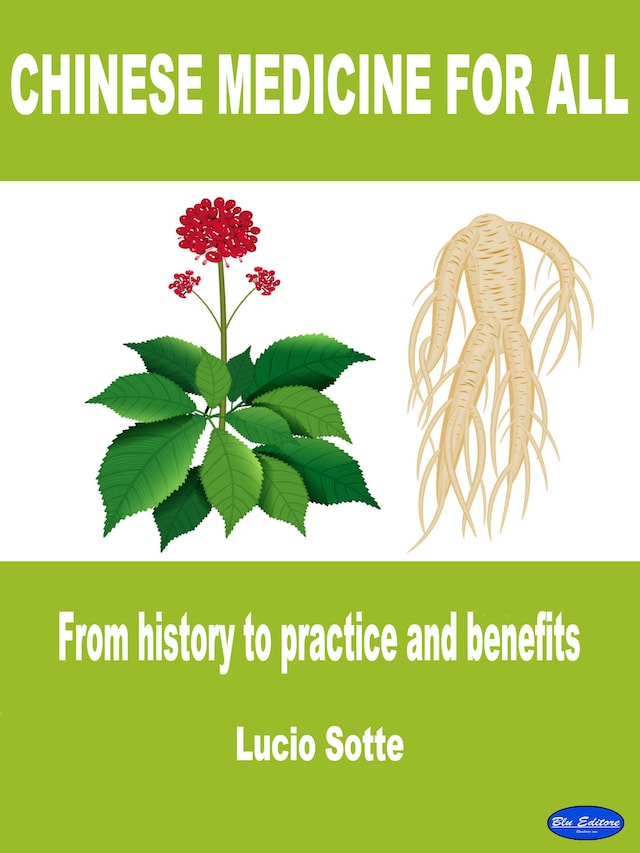
Chinese medicine for all
From history to practice and benefits
Beskrivning av boken
This volume is meant to present acupuncture and Chinese Traditional Medicine to the non-experts, that is, to the many of our patients who want to delve deeper into the techniques of therapy they are being treated with and all those who wish to understand the fundamental aspects of this extremely ancient science which is becoming more and more widespread across the western world.
Covering the very long history of Chinese medical tradition from the dawn of civilization to the present day, the volume will disclose its core principles: the doctrines of yin-yang and the Five Movements, the theory of organs, viscera and meridians, and that of qi, blood and organic liquids, relating them to the period in which they appeared for the first time to later become an integral part of medical knowledge. By following this historical and temporal approach, the reader will be gradually introduced to the anatomical description of human organism and its functioning, the causes of disease and their mode of operation, the study of signs and symptoms and, eventually, a diagnostics system classifying pathologies according to very different criteria than those employed in biomedicine.
The last part of the volume is dedicated to the description of the numerous therapy techniques of Chinese medicine, which are divided into three groups: external techniques, internal techniques, and techniques that are neither internal nor external.
External techniques act from the outside and are based on the stimulation of the acupuncture points and their meridians. In addition to acupuncture, also moxibustion, cupping therapy, massage and physio-kinesiotherapy, electropuncture, laserpuncture, magnetopuncture and chimiopuncture will be presented.
Internal techniques act from the inside and presuppose the assumption of substances through food; they include dietetics and pharmacology. The latter takes advantage of the pharmacological action of a great many natural medicinal substances, thousands of which are listed in the recently published Pharmacopoea Sinica.
Techniques that are neither internal nor external include medical gymnastics such as Qigong and Tai Chi, the so-called psychophysical disciplines, which use movements based on the theory of meridians and harmonize them with breathing phases and mental focusing through a sort of autogenic training.
 Lucio Sotte
Lucio Sotte 143 Sidor
143 Sidor